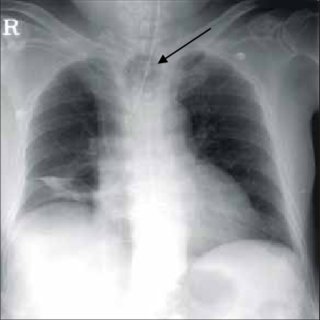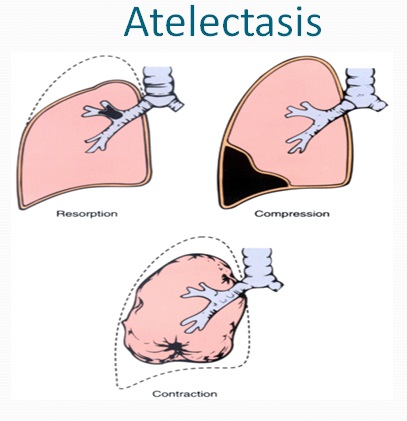
The disease affecting millions of people is called Asperger's syndrome
Most of the people affected by the condition are between the ages of three and nine years.
Atelectasis occurs when a person experiences involuntary eye movements, most often when they are looking in the direction of light or bright objects. People with Asperger's syndrome tend to have a difficult time understanding these eye movements. Some of them can even be observed as blinking. Some symptoms of atelectasis include eye pain, excessive blinking, and discomfort.
When you experience sudden eye movements, make sure you see your eye doctor immediately. This condition might be related to vision loss and thus, should be treated right away. Do not ignore this symptom; this could lead to complications later on. If the atelectasis continues, contact your eye doctor.
Atelectasis can be caused by eye irritations. These irritations include dryness, inflammation, or burning sensations. A recent study revealed that some types of medications, including antibiotics, can cause atelectasis. This includes tetracycline, erythromycin, and minocycline.
If you think you are suffering from this condition, consult your eye doctor immediately. He may prescribe one of the treatments available for atelectasis. For instance, laser eye surgery is used to treat this condition, but it is very expensive. In addition, there is a chance of side effects like dryness, inflammation, or burning sensations.
For those who cannot afford laser surgery, your eye doctor may recommend eye drops. The eye drops help stop the inflammation in atelectasis. You can also use eye drops to relieve the pain. When your eye drops are prescribed by your eye doctor, follow their directions carefully and follow all directions provided to avoid any side effects.
Eye drops are also prescribed if the condition does not respond well to ointment or eye drops. This includes xanthene and lidocaine. Your eye doctor might also give you an injection of lidocaine or xanthen. which you need to wear on your eyelids. for a longer period of time.

Atelectasis should not be overlooked. If you notice any of these symptoms, go to the nearest eye doctor for treatment. so that you can save your eyesight.
After your optometrist has prescribed medications for you, continue taking the eye drops as directed
This will help reduce inflammation. However, do not stop taking the eye drops unless needed. Keep taking the eye drops until the condition goes away. Once the condition is cured, your eye doctor will likely recommend a retinal detachment procedure to correct visual defects caused by atelectasis.
Atelectasis can affect more than one eye. Your doctor will ask for a thorough examination to determine which eye is affected. He will examine the eye under a magnifying glass. and take an x-ray. If the condition affects both of your eyes, he may recommend one of the following treatments: surgery, retinal detachment, or use of lenses.
Surgery is used when a condition does not respond to prescribed medications or other treatments. This is an invasive treatment that removes the eye. Retinal detachment is used in the absence of visual defects and vision problems due to atelectasis.
If your condition improves after using retinal detachment, your doctor may recommend eye drops that may correct vision problems caused by atelectasis, such as blurring, halos, or discoloration in the field of vision. It also helps to improve your vision.
Dryness, inflammation and redness of the eyes are the main symptoms associated with atelectasis. When these symptoms appear, eye drops or laser surgery are recommended. It is also helpful to review the information on eye health on the website Baabin Health. Contact lenses can help with dryness. if you feel dry, don't be discouraged. use a water-based lubricant when wearing the lenses.